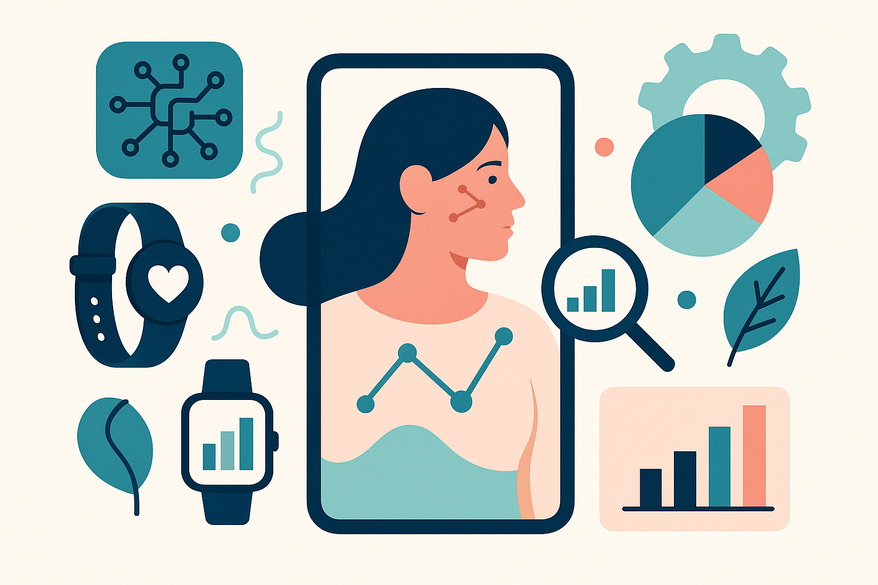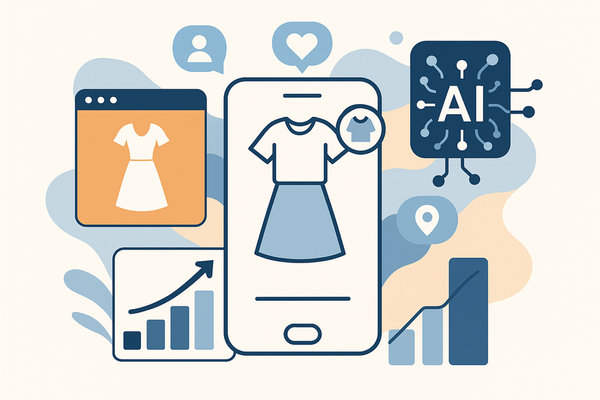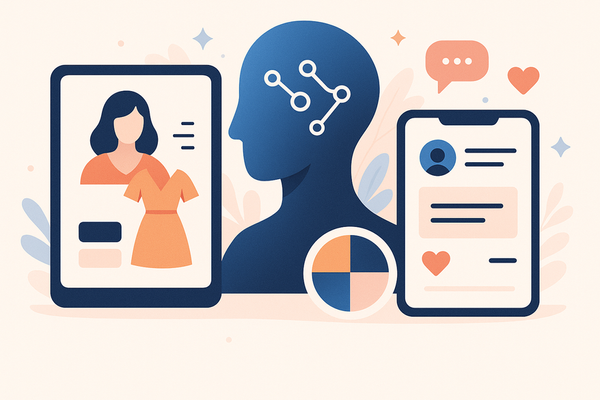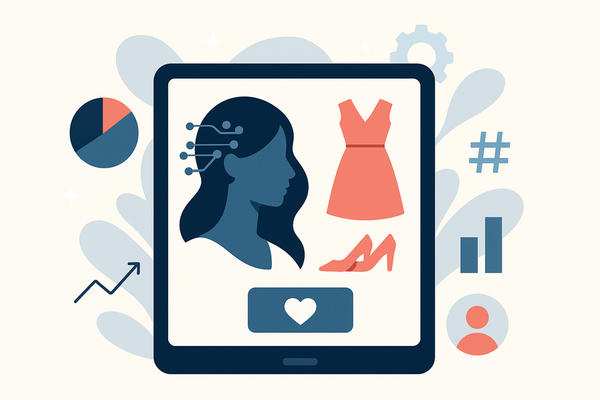How to Build an AI Wellness Routine: A Data-Driven Approach to Modern Self-Care
Discover how an AI wellness routine can revolutionize self-care by providing personalized insights through data analytics, machine learning, and wearables.

Estimated reading time: 8 minutes
Key Takeaways
- Personalized insights: AI analyzes real-time data to tailor fitness, sleep, nutrition, and mental health recommendations.
- Automated motivation: Wearables and apps send reminders, celebrate milestones, and keep you on track.
- Easy accessibility: Intuitive dashboards, chatbots, and voice assistants make self-care seamless.
- Privacy matters: Choose tools with clear data policies and encryption to protect your information.
Table of Contents
- Introduction
- Explaining AI in the Context of Wellness
- Benefits of Integrating AI into Your Wellness Routine
- Steps to Implement an AI Wellness Routine
- Challenges and Considerations
- Future Trends and Innovations
- Conclusion
- FAQ
An AI wellness routine puts smart tech at the heart of self-care. By integrating data analytics, machine learning, wearable sensors, and predictive algorithms, you gain personalized fitness, sleep, nutrition, and mental health support. In our fast-paced world, AI-powered nudges and insights can fit seamlessly into busy schedules—offering more than generic tips and helping you build lasting healthy habits.
For a consolidated AI-driven report that tracks your fitness, sleep, nutrition, and mental health metrics all in one place, try using the Maxx Report app for personalized insights and progress updates.
Explaining AI in the Context of Wellness
AI technologies already shape many aspects of healthcare and wellness. They power smart workout plans, mood-tracking chatbots, and more.
- Data analytics: Examines raw data to extract actionable health insights.
- Machine learning (ML): Trains algorithms on user data to predict outcomes and personalize recommendations.
- Wearable sensors: Collect real-time biometrics like heart rate, steps, and skin temperature.
- Predictive algorithms: Forecast trends such as sleep quality or stress levels before they occur.
Applications:
- Fitness apps (Fitbit, Freeletics, Corpo3D): Personalized plans, real-time tracking, motivational nudges. Source: Mirrorsize.
- Sleep trackers (Oura Ring, Apple Watch): AI-driven sleep stage analysis and bedtime suggestions. Source: Global Wellness Institute blog.
- Mental health chatbots (Wysa, Woebot): 24/7 support, CBT exercises, mood logging. Source: Global Wellness Institute blog.
- Nutrition coaches (Noom, MyFitnessPal): Meal recommendations, grocery lists, portion control. Source: Global Wellness Institute blog.
Real-World Examples:
- Corporate wellness: AI-powered programs boost engagement by 20–30% and reduce sick days. Source: VantageFit.
- Individual users: Early adopters report sustained progress, clearer sleep insights, and higher motivation. Source: Global Wellness Institute blog.
Benefits of Integrating AI into Your Wellness Routine
Incorporating AI into daily self-care brings three major advantages:
- Improved Self-Care Management: Continuous analysis of metrics (heart rate variability, sleep stages, activity patterns) with custom recommendations. Source: Board of Innovation.
- Automated Tracking & Motivation: Wearables log data automatically, AI sends reminders, and celebrates milestones. Source: Mirrorsize.
- Accessibility: Intuitive dashboards, chatbots, and voice assistants provide 24/7 support suitable for all experience levels. Source: Global Wellness Institute blog.
Steps to Implement an AI Wellness Routine
- Assess Personal Priorities: Identify your focus areas (fitness, sleep, stress, diet) and set clear objectives.
- Research Reputable Tools: Compare solutions like Fitbit, Wysa, and Noom. For a comprehensive comparison, see our guide AI Self-Improvement App Guide. Source: Mirrorsize.
- Start Small: Integrate one or two tools, schedule a 10-minute daily check-in to learn core features.
- Set Goals & Baseline: Log initial metrics over 1–2 weeks; e.g., aim for 30 minutes of AI-guided activity per day.
- Review & Adapt: Check AI suggestions weekly, keep a simple log of changes, and refine your routine.
Beginner Tips: Review privacy settings, avoid automating more than three new habits at once. Source: VantageFit.
Challenges and Considerations
- Data Privacy: Understand storage, sharing, and encryption policies. Source: Global Wellness Institute blog.
- Algorithmic Bias: Models may under-serve certain demographics; consult professionals if suggestions feel off-base. Source: VantageFit.
- Balancing Digital & Traditional Care: Combine AI insights with offline practices like meditation, journaling, and social time.
Future Trends and Innovations
- Real-Time Biomarker Analysis: Continuous glucose monitoring and cortisol tracking. Source: Board of Innovation.
- Emotional State Detection: Voice tone and facial expression analysis for live mood support.
- Next-Gen Wearables: Context-aware conversational agents syncing fitness, nutrition, and mental health data. Source: Global Wellness Institute blog.
- Stay Engaged: Join beta programs, follow digital health news, and participate in user communities.
Conclusion
An AI wellness routine blends data analytics, machine learning, and wearable sensors to craft a personalized self-care plan. By assessing priorities, researching tools, starting small, setting goals, and reviewing insights, you can build a sustainable routine that delivers smarter self-management, automated tracking, and unparalleled accessibility. Ready to kickstart your journey? Check out our 30-Day Glow Up Challenge here for a printable checklist and AI-powered tracking suggestions. Share your experiences or questions in the comments below!
FAQ
- How do I choose the right AI wellness apps? Start by defining your goals, read user reviews, compare features, and test free trials before committing.
- Is my data safe with AI tools? Look for apps with end-to-end encryption, transparent privacy policies, and clear opt-out options.
- Can AI replace traditional self-care? AI enhances self-care by providing data-driven insights, but it should complement—never replace—offline practices like social interaction and meditation.
- How often should I review AI suggestions? Weekly or biweekly check-ins help you adapt your routine based on fresh data and evolving goals.





